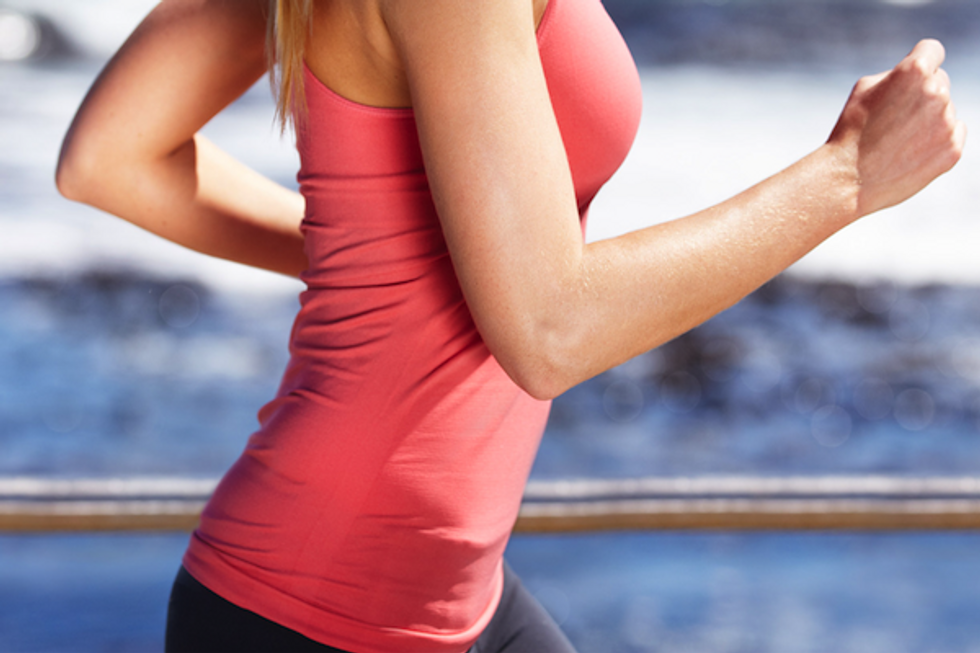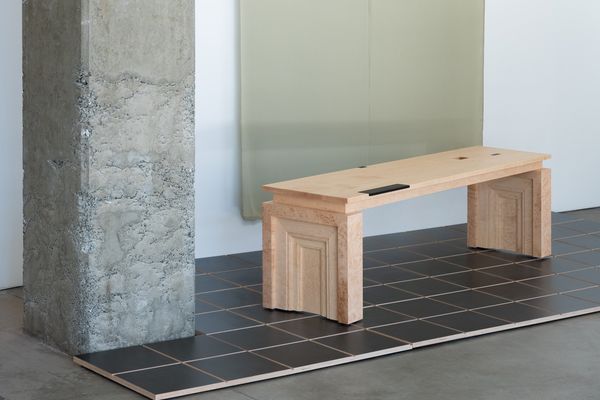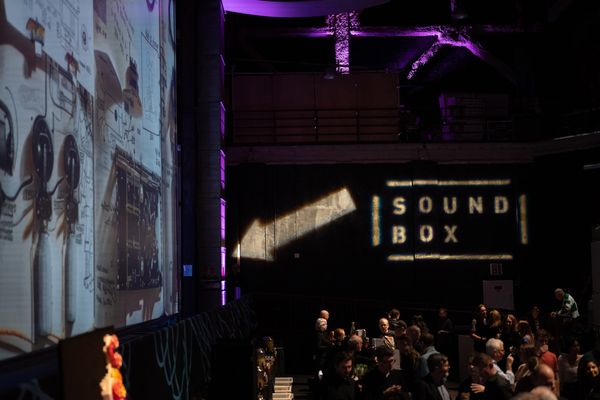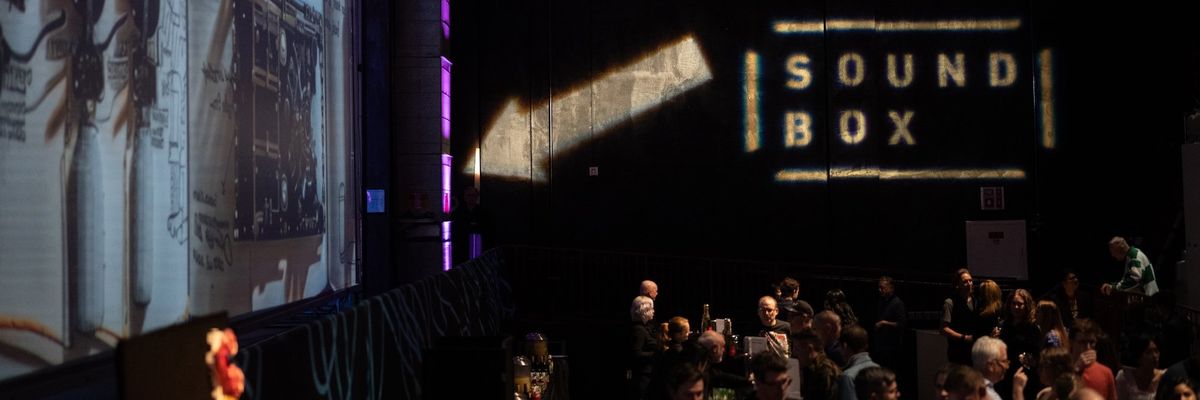It's time for some real talk. Ready? The scale is not your friend. All it's telling you (that is, assuming that thing on your bathroom floor is actually accurate, which is dubious) is the downward force your body commands. It can't tell you how good your arms will look in a tank top, how tapered your waist appears in jeans, or if your need to rethink that pencil skirt. We need to liberate ourselves from the scale's evil, useless tyranny — but let's be realistic, we still need to be able to track our fitness progress, somehow, right? That's where body composition testing comes in.
There are several accepted methods that can be used to determine not just how much of your body is muscle, fat, and bone, but where on your body that stuff is distributed. Some people swear by the classic caliper method, where multiple parts of your body get pinched and measured. Others prefer the Bod Pod, a seated coffin-looking thing that uses air displacement plethysmography. Still others prefer hydrostatic weighing, in which you're submerged in a tank of water and the level of liquid displacement is used to calculate your composition. There's also bioelectrical impedance analysis, which makes a calculation based on how your body's tissues speed up or slow down the flow of a small, harmless electrical signal.
You'll be reading about all these methods in this column eventually, but we're going to start with bioelectrical impedance. Candidly, it seemed the least scary (no sealed space, water, or stranger pinching me with calipers) and, according to several trainers at my gym, it's condidered fairly reliable. (That is, unless it tells me something I don't want to hear. Then, it's garbage!)
"Typically people get body comp analysis for one of two reasons," says Shanie Chambers, fitness/wellness director at the University of San Francisco's Koret Health & Recreation Center. They're either "starting a new fitness routine and want a baseline to document body composition changes" or they "simply want a number more accurate than a scale to determine fitness level."
At USF you can get a four-electrode (that is, charges go through your feet and hands) measurement, which is far preferable to the two-electrode (feet only) measurement you might have seen at a health-care focused booth at a street fair or festival.
Speaking of accuracy, Chambers says that you're not supposed to eat or drink for three hours before the test, which should be done under "normal hydration conditions" (i.e., as Chambers puts it, "not after running a marathon or enjoying an all-you-can-eat buffet"). Ladies also should not take the test while they're mensturating, as that can skew results.
The test itself is simple, and took less time than the walk to the testing area itself, a small room in the bowels of USF's Koret Center. Once in the room, Melissa, an impressively fit USF student and Koret trainer, made sure I'd used the restroom (they want you "empty" for the test), handed me a towelette to wipe down my feet (the test must be taken barefoot), and entered my age and height into the Tanita BC-418 Segmental Body Composition Analyzer.
Like a lamb to the slaughter, I then stood on a set of electrodes, two more in my hands, as a charge was sent through my body. I did not die.
We did this three times, twice with the "standard" setting, and once with the "athletic" setting. Each time, the analyser spat out a lengthy piece of register tape with specific breakdowns of my fat and muscle mass, not just for my whole body, but broken down into sections (my right leg is apparently fattier than my left, and my arms the opposite). It also generated my likely Basal Metabolic Rate — that is, the number of calories my body uses on a daily basis, even if I didn't move around. Melissa transferred the register tape data to a page that explained my results and gives one an idea of normal ranges across the population. And if you think I'm going to tell you any of those numbers, you're crazy.
The test costs $25 for people who aren't USF students or staffers, a fee that can be applied to the cost of a personal training session at Koret. If you already have your fitness program down, the $25 will also cover a follow-up test.
If you choose the latter, Chambers recommends that you wait 10-12 weeks to really get a noticeable change, and suggests that you "control all external variables for a more accurate retest (same time of day, clothing, time of month, tester, machine, etc.)"
I'll definitely be coming back for a retest. After all, the entire experience took less than 10 minutes. But even if the results aren't what you had hoped for, you come out of it feeling smarter, more empowered, and like you have a better handle on what (if anything) you need to work on next. And best of all, I never felt bad, or judged, or helpless. Like I do — like we all can — with that infernal bathroom scale.
Body composition analysis is available by appointment at USF's Koret Center, 2130 Fulton Street. You can arrange for a session by emailing them at fitness@usfca.edu. The price is $25.
GEAR
- The less you're wearing, the better, as your tester will need to subtract the weight of your clothes. If you feel comfortable in a swimsuit, do it. A tank top and shorts works, too.
- You'll need to be barefoot for the test, so coming in in sandals makes the process that much swifter.





















